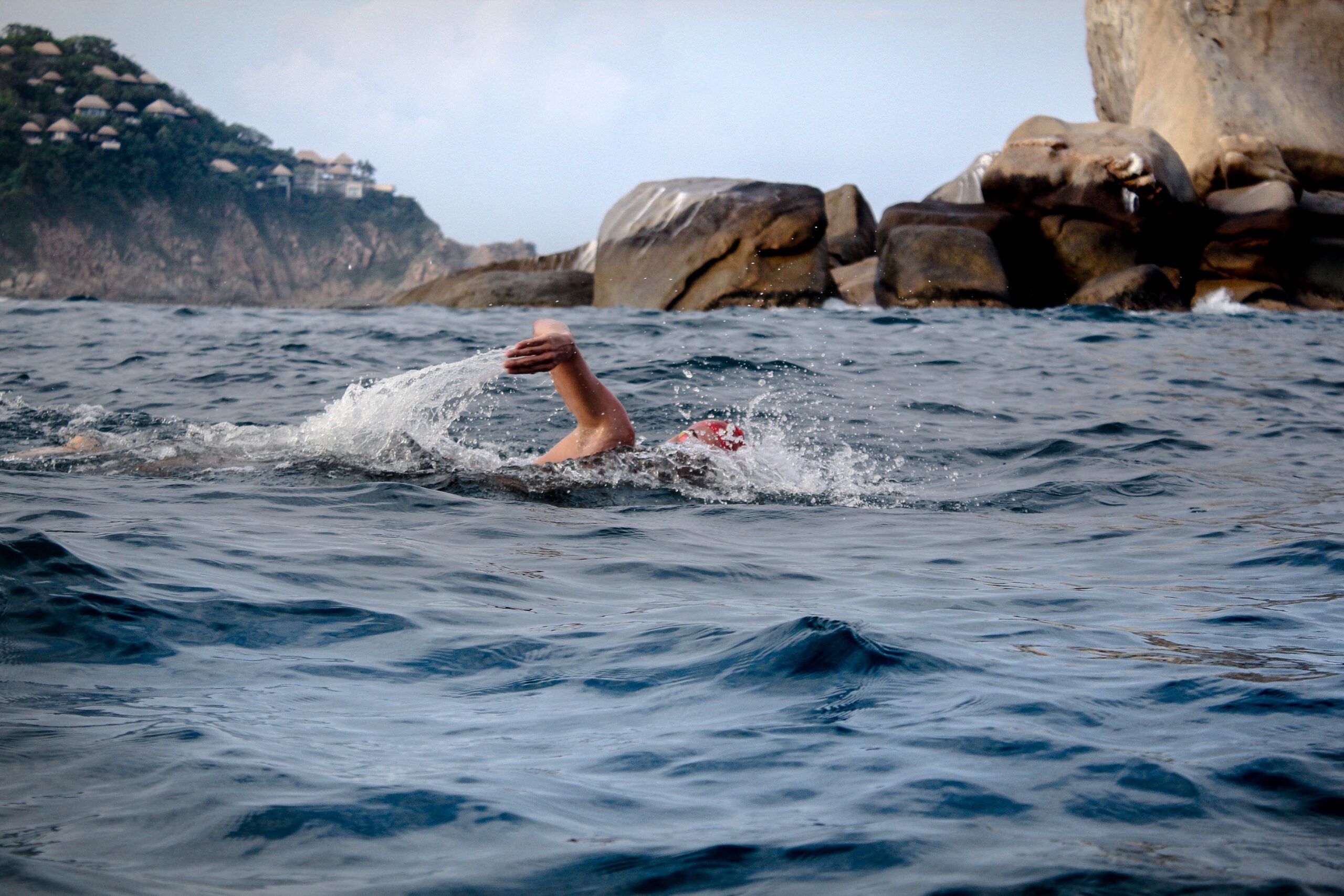Recovery has become a core factor in every athlete’s training and success. There are many recovery methods which can be employed all targeting different things. Not all methods work well for everyone and people will have their favourite. This is normal as the processes of each method are slightly different. Some things will simply have a better effect on certain individuals than others. One popular and convenient method is active recovery. In terms of effect it appears to be relatively beneficial to everyone.
When we exercise we produce metabolic by-products. These by-products can interfere with muscle contractions and contribute to fatigue. While we exercise we have a system to clear these by-products and consume them. When we stop, the rate of clearance reduces and they can be left to accumulate. Eventually they will be cleared up but at a reduced rate. Some gentle exercise post training can help ensure these metabolites are cleared effectively.
When we do more intense muscle contractions where a lot of force is applied, muscle stiffness can occur. Stiffness is when the fibres fail to fully relax causing a temporary shortening of muscle fibre length. Gentle movement can help break up this tension and reduce stiffness. Active recovery can be quite effective in doing this. The submaximal contractions allow the fibres to relax back to resting tension.
Another mechanism it can influence relates to bloodflow and temperature. In order to repair damaged muscle cells after intense exercise they need a good supply of nutrients. This supply comes from the blood. Increasing bloodflow to tired muscles ensures they get a good supply. In addition increasing local muscle temperature can help the muscle fibres loosen up and restore contractile function. Gentle exercise activates the muscle pump which flushes blood through the muscle as it contracts and relaxes.
These three mechanisms have some quite favorable benefits on getting back to top performance in a short period of time. An important factor and one which many people get wrong is when and how to do active recovery. Active recovery first and foremost should not contribute further to fatigue. Intense exercise is not recovery; it is simply another session. Often people perform hard conditioning instead of resistance training believing it promotes recovery. While some aspects may have a similar effect, the benefits are cancelled out by the increased metabolic and cell stress. A reliable intensity to work at is 50-60% of Heart rate reserve. The session need not be any longer than 30mins to be effective. We recommend low load bearing exercise to reduce any further stress on joints etc. Swimming, crosstrainer and biking are excellent choices.
Deciding when to employ active recovery is also tricky. In most cases we should employ some sort of short active recovery in our warm down procedure. This allows us to clear metabolites immediately after a session as well as stabilizing core temperature in a more gradual manner. Some like to use recovery sessions on their day off. In this case promoting bloodflow and reducing stiffness are the main mechanisms. This scenario is problematic as one must refrain from turning recovery into more conditioning work. While for some, running and rowing may be suitable, many heavier athletes will actually induce more fatigue and joint stress using these exercises. A 5k run is not a recovery session it is aerobic training, while less intense it simply applies a different type of stress.
It is important for athletes to understand the purpose of active recovery and the mechanism by which it works. Just because a session is of lower intensity it does not automatically become recovery work. The sole purpose of active recovery is to promote a restoration to a rested state and therefore maximum performance potential. It has a clear purpose and application. Smart athletes recognize the difference and they reap the rewards of using it effectively.
